Struggling between 20ft and 40ft shipping container homes? This detailed comparison breaks down cost, space, mobility, and lifestyle fit, plus introduces an innovative 10ft expandable container house as a space-smart alternative. Discover which size aligns with your budget, land constraints, and long-term vision.
Choosing between a 20ft and 40ft shipping container home is a pivotal decision that impacts everything from your budget to your daily comfort. As container living gains popularity, buyers often find themselves paralyzed by this size dilemma. Let’s unpack the pros and cons of each option, and explore a game-changing alternative: the 10ft expandable container house.
20ft Container Homes: Compact & Cost-Effective
Pros:
– Affordability: 20ft containers typically cost 30-40% less than 40ft units, making them ideal for budget-conscious buyers or starter homes.
– Mobility: Easier to transport and place on tight or sloped lots. Perfect for remote locations or temporary setups.
– Minimalist Living: Forces intentional design, reducing clutter and utility costs. A well-designed 20ft can comfortably house 1-2 people.
Cons:
– Space Constraints: Limited to ~160 sq ft, challenging for families or those needing home offices. Custom layouts require creative solutions.
– Resale Value: Smaller units appeal to a narrower market, potentially limiting future returns.
– Storage Limitations: Requires clever built-ins or external sheds for belongings.
40ft Container Homes: Spacious & Versatile
Pros:
– Ample Square Footage: Offers ~320 sq ft, easily accommodating 2-3 bedrooms, full kitchens, and living areas. Ideal for families or long-term living.
– Design Flexibility: Allows for open-concept layouts, luxury features (like bathtubs), and easier plumbing/electrical routing.
– Higher Resale Appeal: Broader market demand due to versatility and comfort.
Cons:
– Higher Costs: Purchase, delivery, and foundation expenses are significantly steeper. Modifications (e.g., cutting walls) add complexity.
– Land Requirements: Needs larger, level plots and may face zoning restrictions in urban areas.
– Mobility Challenges: Difficult to relocate once installed; permits often required for transport.
The 10ft Expandable Container House: A Smart Middle Ground
For buyers torn between the extremes, the 10ft expandable container house offers a revolutionary solution. This compact unit transforms into a spacious dwelling through automated expansion, blending portability with comfort.
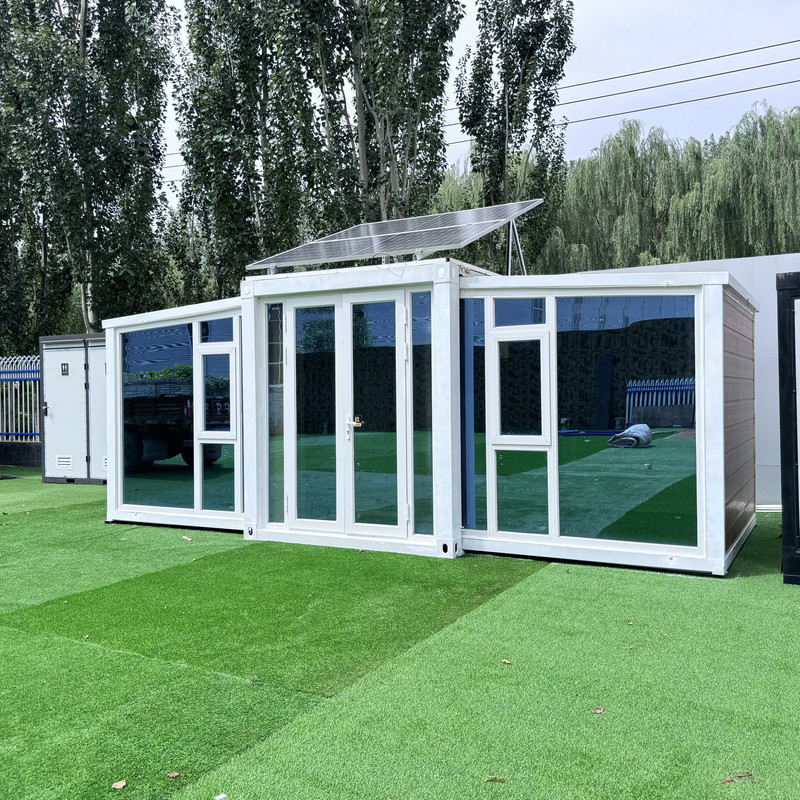
Key Advantages:
– Space Efficiency: Starts at 10ft for easy transport, then expands to triple its size (up to 30ft) at the push of a button.
– Rapid Deployment: Unfolds in under 10 minutes, eliminating complex construction.
– Customizable Interiors: Features fold-down furniture, integrated storage, and modular sections for kitchens/bathrooms.
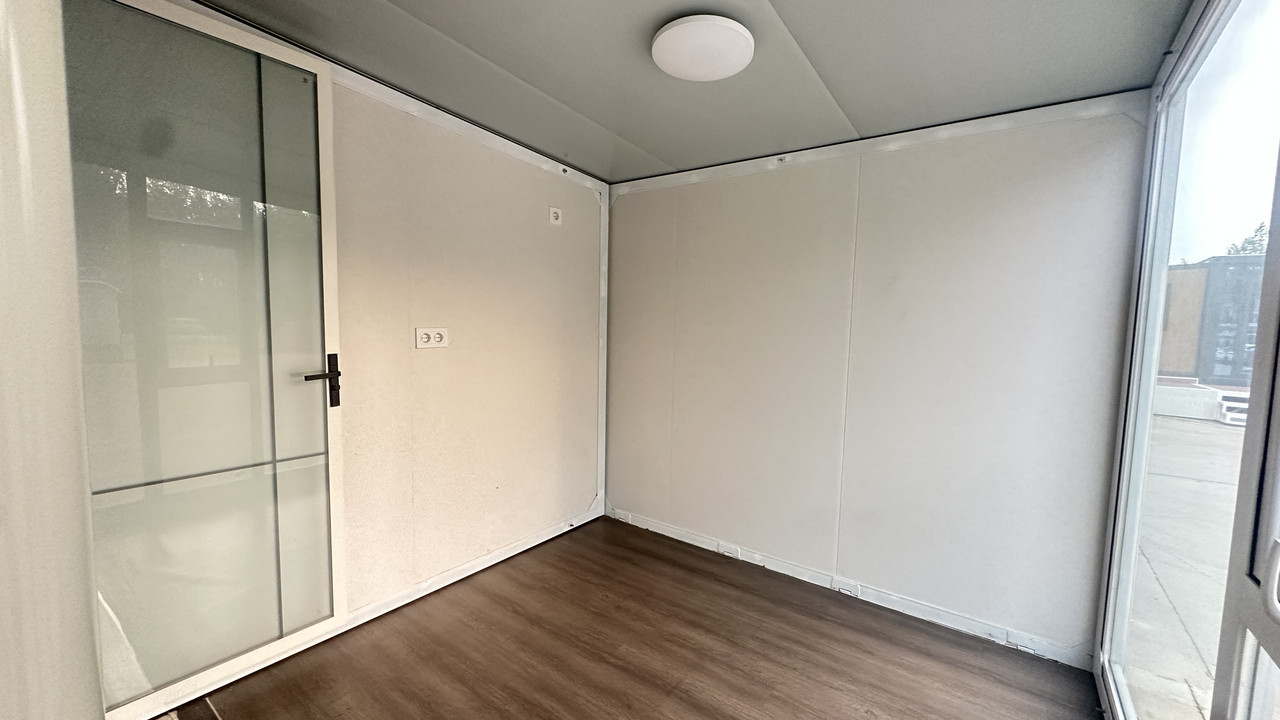
Real-World Application:
Imagine a 10ft unit delivered to your site. With hydraulic systems, it expands to reveal a bright, open-plan living space. The design maximizes vertical space with lofted sleeping areas and large windows for natural light.
Your browser does not support the video tag.
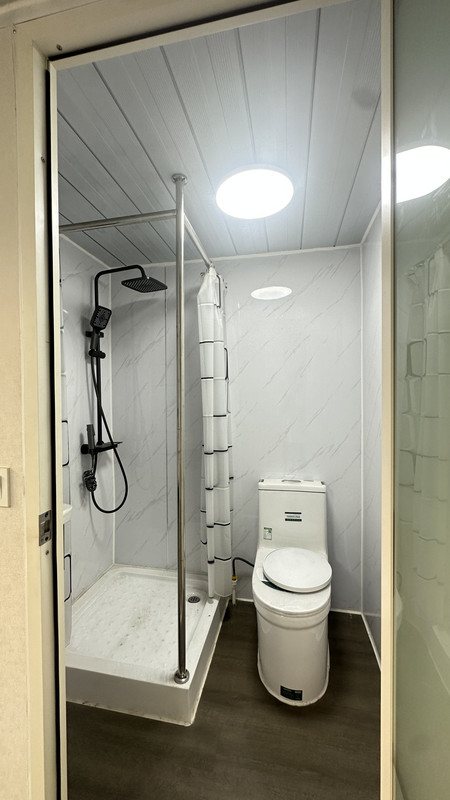
Who It’s For:
– Urban dwellers with small lots.
– Buyers wanting a “lock-and-leave” vacation home.
– Eco-conscious individuals prioritizing minimal land disruption.
Your browser does not support the video tag.
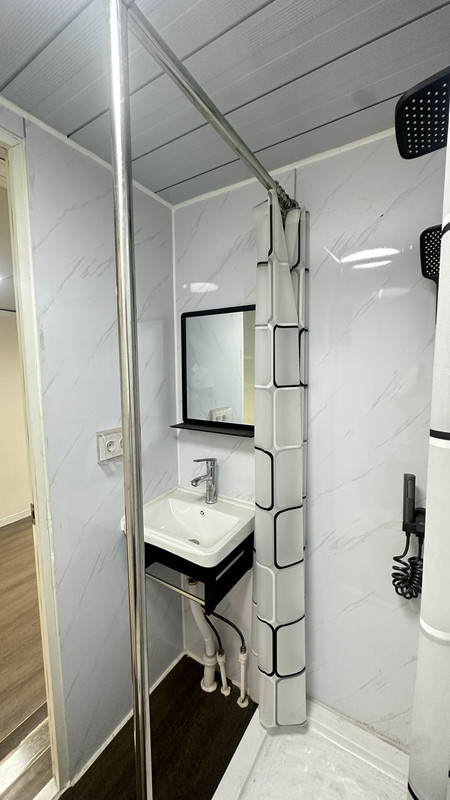
Key Factors for Your Decision
1. Budget: 20ft ($3k-$6k) vs. 40ft ($5k-$9k) vs. 10ft expandable ($15k-$25k). Factor in land prep and utilities.
2. Lifestyle: Solo/couple? 20ft or expandable. Family? 40ft.
3. Land: Small/irregular plots favor 20ft or expandable units.
4. Long-Term Plans: Permanent homes justify 40ft investment; flexible needs suit expandable models.
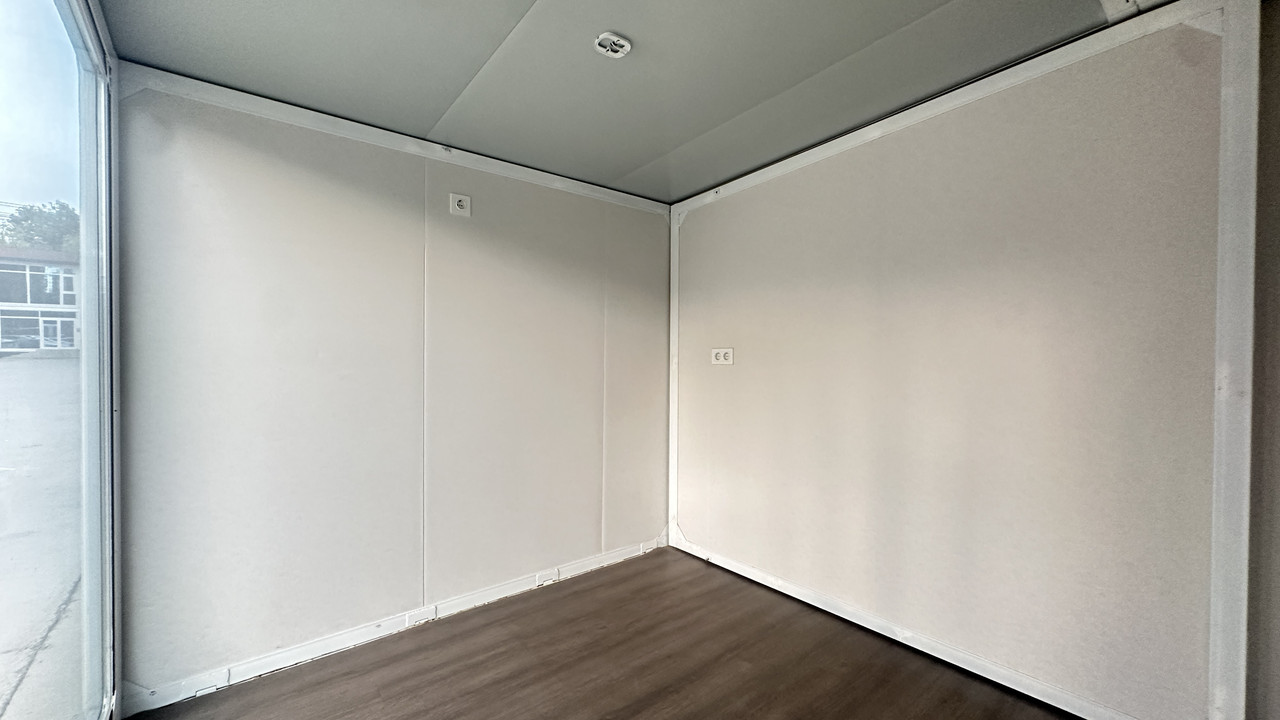
Final Thoughts
There’s no one-size-fits-all answer. A 20ft container excels in simplicity and savings, a 40ft in spaciousness, and the 10ft expandable in innovation. Assess your priorities: if mobility and smart design matter most, the expandable model bridges the gap beautifully. For those committed to traditional container living, weigh your space needs against budget constraints. Whichever you choose, container homes offer a sustainable, customizable path to homeownership.
